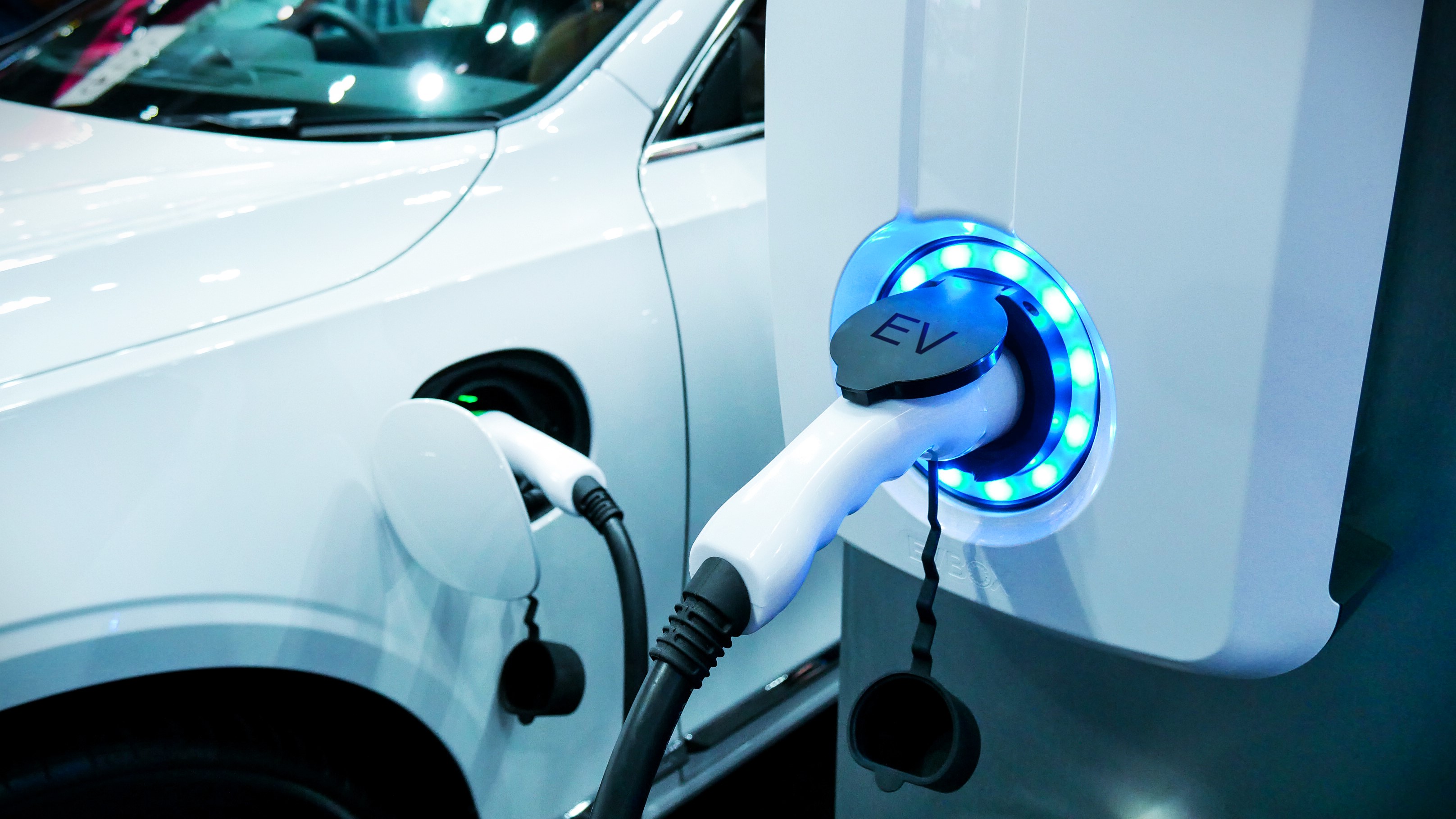
The full transition to electric vehicles (EVs) will be important if the UK is to achieve its 2050 net-zero carbon target, as well as improving air quality and economic growth.
Recognising the increased use of EVs, The Building Regulations etc. (Amendment) (England) (No. 2) Regulations 2021 require all new buildings with parking facilities as well as those undergoing major renovation to install EV charging points, and these regulations are supported by guidance in Approved Document S.
However, with more and more EVs and charging points, car park operators will need to manage and respond to the associated fire safety risks.
Document identifies distinctive qualities of EV fire
In July 2023, the UK government published interim guidance about parking or charging EVs and installing charging points in covered car parks with this in mind.
Developed by Arup for the Department for Transport, the guidance aims to integrate evidence-based fire safety considerations into such installations.
Arup reviewed the literature, data and stakeholder consultation for vehicle fires available up to 2022, and noted in particular that EV fires behave according to the battery size, chemistry and state of charge.
This makes such fires distinct from those in internal combustion engine vehicles (ICEVs), with risks including the following.
- Reignition: fires that involve the battery can reignite hours or days after they have initially burned out, in a process called thermal runaway. This process in battery cells, causing the breakdown of components, results in fire. It occurs when high temperatures or high voltage prompt chemical reactions in the cells, surpassing the cooling system's capabilities and leading to ignition. After ignition, adjacent cells may heat up and enter a thermal runaway state. The more cells do so, the higher is the likelihood of successive cell fires. This cascade effect can result in the failure of the entire battery.
- Compressed gas venting: if compressed gases vent from a battery and ignite, this can result in flash fires or directional jet flames. If accumulating in a confined space in the right proportions, they may even cause a vapour cloud explosion.
- Challenges for firefighters: suppressing a fire involving the battery requires different firefighting techniques, such as lifting up vehicles to access batteries and equipment to submerge an EV and can take longer. In some instances, it may even not be feasible to start firefighting until all flammable material has burned. Smoke produced from the battery material may also be more toxic than that of an ICEV fire, and this contaminates firefighting water run-off.
Most current empirical evidence suggests that fires in EVs are less likely than in hybrid vehicles and petrol or diesel vehicles. However, this situation will need to be monitored because risk may increase as cars and batteries age, and as EVs become more affordable to a wider range of drivers.
Research analyses new risks and responses
The current statutory guidance, which is Fire safety: Approved Document B, sets the minimum precautions expected to comply with the Building Regulations in England. These provisions have not substantially changed for many years, and would apply new car parks and provide a useful benchmark for existing car parks.
Fire safety: Approved Document B does not consider the new hazards associated with modern cars, however, and particularly EVs and charging points. Arup's analysis therefore distinguished between proactive risk management on one side and reactive risk management on the other to identify suitable mitigation measures.
This process considered potential causes of EV and charging point fires, such as short circuits, and their consequences, such as compromised means of escape.
Arup explored how to mitigate risks both proactively and reactively and prevent or reduce the identified hazards. These were categorised using the elimination, reduction, isolation, or control (ERIC) hierarchy.
Competent persons responsible for following guidance
The guide is intended for new and existing enclosed car parks, including those in basements, high-rise or multi-use buildings. It was difficult to define a universal approach for charging point installation, hence Arup adopting the risk-based method discussed.
The guide mandates a fire risk assessment of the car park is undertaken by a competent fire risk assessor, whether during the design stage for new build or before installing charging points in existing car parks.
This evaluates the impact of the charging points on fire safety, and identifies any increased or distinct risks that may result from having these or EVs in a covered car park.
Suggested mitigation measures prioritise the prevention of a fire starting in a vehicle or charging point. Should a fire nonetheless break out, safeguarding people or property is the next priority.
Once the competent person has determined the risks of fire occurring and the people or property at risk, they can refer to the hazard mitigation measures in the guide to identify which will be most appropriate for their car park.
RICS' view
RICS global building standards director and fire safety lead Gary Strong says: 'Car park fires – and the fire risk presented by the increasing take-up expected of EVs and charging points – is a matter on which we are pressing the government for better guidance.
'In particular, we are advocating mitigation measures such as the use of sprinklers, early detection/alarms, and passive property protection such as longer fire resistance periods given the time it can take for an EV to burn out.'

